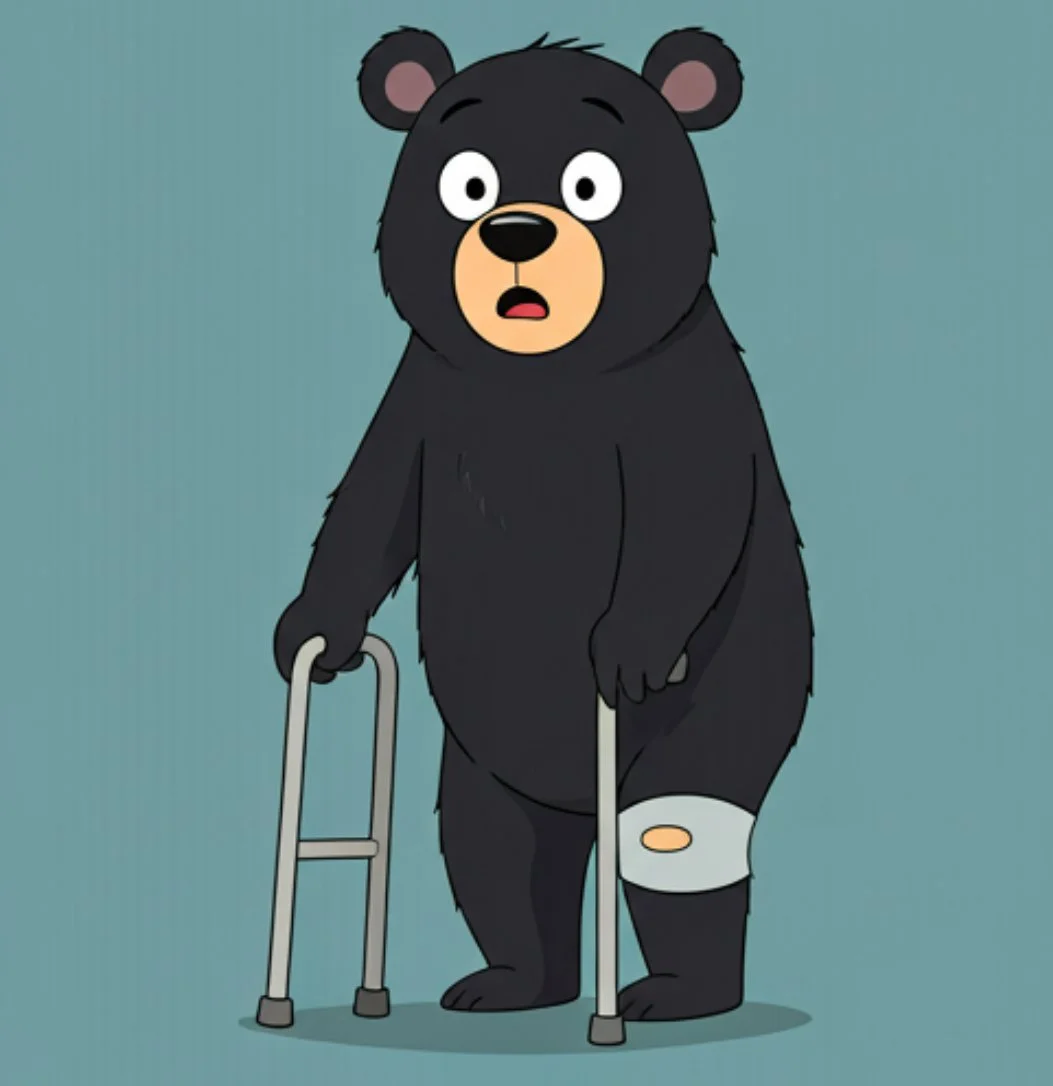“This meta-analysis found a large effect to decrease pain within 72 hours”
Not happy with your Knee Replacement at 3 months, might be a strength issue
Studies and clinical experience show that it takes a long time to develop strength after a total knee replacement.
So don't give up on your exercises too soon.
“We found moderate certainty evidence that deficits in muscle strength of the knee extensors persist and progress until 3 months post-total knee arthroplasty in patients with end-stage knee osteoarthritis.”
If you are unsatisfied with your TKA results give us a call. We can help
https://pubmed.ncbi.nlm.nih.gov/36637491/
Exercise to Help Your Nerves
“Now, MIT engineers have found that exercise can also have benefits at the level of individual neurons. They observed that when muscles contract during exercise, they release a soup of biochemical signals called myokines. In the presence of these muscle-generated signals, neurons grew four times farther compared to neurons that were not exposed to myokines. These cellular-level experiments suggest that exercise can have a significant biochemical effect on nerve growth.”
https://news.mit.edu/2024/when-muscles-work-out-they-help-neurons-grow-1112
https://doi.org/10.1002/adhm.202403712
The Broccoli Test
Don't want to meditate? Try exercise
Does the type of exercise for the knee matter?
According to the study below…no.
“There was no difference between the addition of anteromedial or posterolateral hip musculature strengthening to knee strengthening in improving pain and function in women with PFP.”
Sometimes strengthening creates such profound global and systemic changes that the local biomechanical effect doesn't matter.
If the social media world overwhelms you about what to do for knee pain, maybe just start with some pain freeish strengthening.
If it still doesn't improve, then give us a call.
https://pubmed.ncbi.nlm.nih.gov/33689989/
Make Sure to Get Full Knee Extension After ACL
Lacking full knee extension creates a functional leg length discrepancy. This will cause a person to compensate somewhere else (ankle, hip, back, etc.).
According to one study:
“On average, 1 in 3 patients may present with loss of extension of at least 3 degrees at 12-month follow-up, decreasing to 1 in 4 at 2 years.”
There are many ways to get knee extension back. The first step is recognizing that you have this deficit.
https://pubmed.ncbi.nlm.nih.gov/36705690/
The Compression of Morbidity
in 1980, James Fries wrote an article that was decades ahead of its time. Even today, this paper and his concept of The Compression of Morbidity has the power to change the lives of many and revolutionize healthcare. His article, Aging, Natural Death, and the Compression of Morbidity has since been cited 4146 times.
what is the compression of morbidity?
It comes from the idea (and literature) showing that improving lifespan, the amount of years one lives, is a futile goal. Humans have a finite lifespan. Sure, it can be improved a little (an increase of eleven months over the next forty years), but not much.
It is a better idea to focus on improving our quality of life. This means delaying our morbidity (state of being unhealthy, diseased, ill, or symptomatic). It means prolonging our healthspan.
"The compression of morbidity occurs if the age at first appearance of aging manifestations and chronic disease symptoms can increase more rapidly than life expectancy" -James Fries
The average lifespan in the US is 78 years. I can't speak for everyone, but I think we'd all much rather live a full 78 years and then die in our sleep without any morbidity. Versus becoming sick or ill and struggling for the last 20 years of our life, but living to 82.
how to compress it
The problem isn't the acute illness that can be fixed with a simple perscription or surgery. These don't lead to increased morbidity. They're just small bumps in the road. Once you get past it, you can often get back up to speed.
It's chronic illnesses that are the problem. These are complex and require intervention from many different areas (sleep, diet, exercise, stress, etc.). They are often the result of risk factors and lifestyle over time. These can quickly lead to increased morbidity. Like driving onto a sandy beach, they'll slow the car down until it can no longer go.
"The acute infectious diseases have ceased to be statistically major causes of mortality in the United States. Tuberculosis, small pox, diphtheria, tetanus, polio, typhoid fever, and others have declined by 99 percent to 100 percent in this century (Fries and Ehrlich 1980). In turn, the major medical problems are now well-known to be chronic illnesses: atherosclerosis in all of its guises, cancer in its many forms, emphysema, diabetes, cirrhosis, osteoarthritis.
These illnesses are not well conceptualized under the medical model of diseases with single causes and specific cures. These present health problems are characterized by “risk factors” which accelerate their course or which increase the probability of their occurrence. Their “cause” is thus multifactorial, and no single cause is essential. "
As Fries mentions, these chronic illnesses are complex. They're multifactorial. It's often all connected.
If we want to be healthy, then we have to be healthy. We need to do the best we can to live a healthy life, right now, so morbidity doesn't come sooner.


